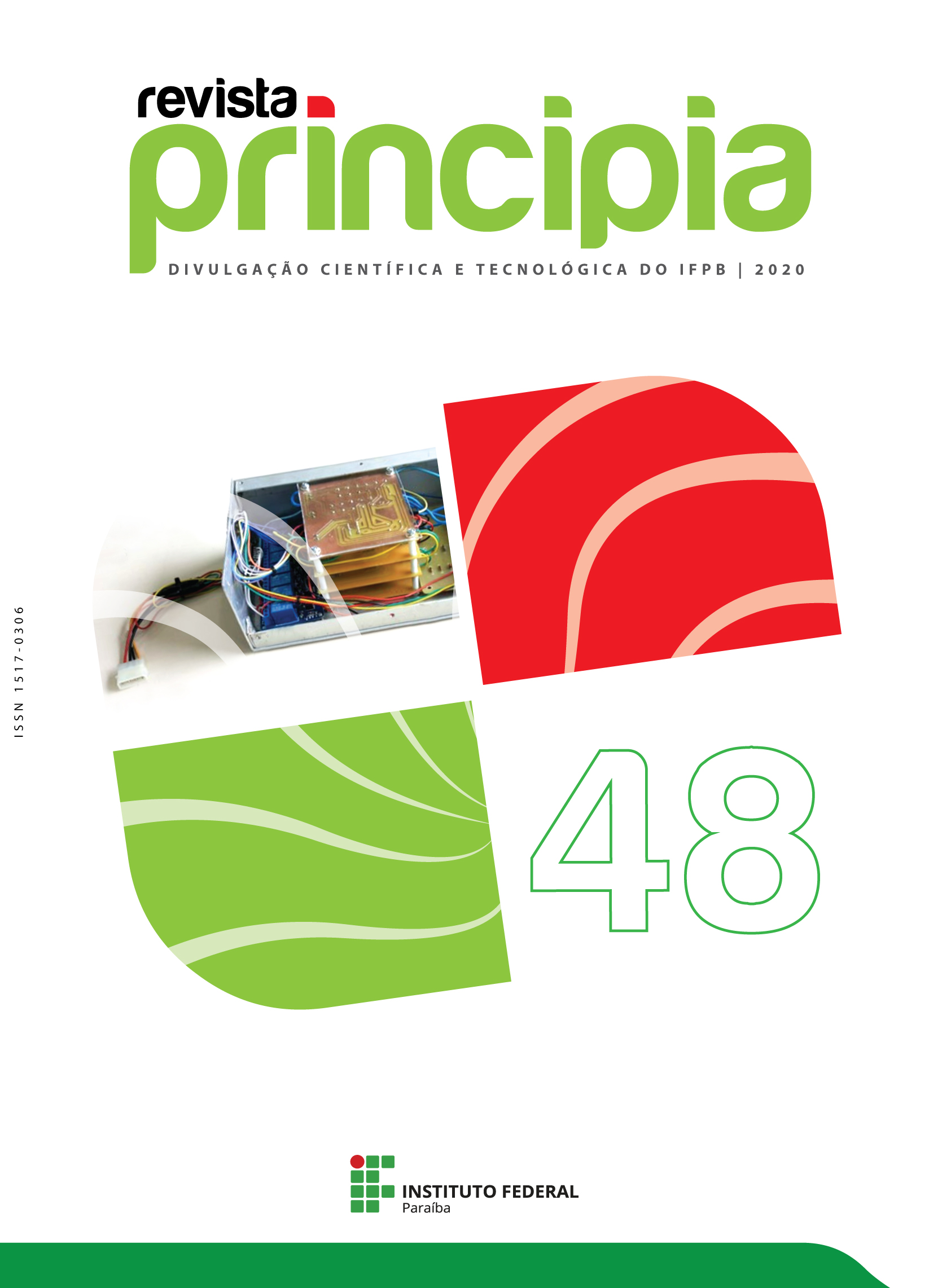Modeling of grid-connected converter-based sources as equivalent impedances for symmetrical and asymmetrical short-circuit calculation
DOI:
https://doi.org/10.18265/1517-03062015v1n48p99-111Palavras-chave:
Short-circuit analysis, Full-scale converters, Distributed generation, Type IV wind turbine, Photovoltaic generatorsResumo
The study of electrical systems under fault conditions provides fundamental information for proper system protection design and coordination. These studies are traditionally performed in the phasor domain and based on the physical behavior of the synchronous generators directly connected to the grid. However, the increase of converter-based renewable sources (CBRSs) connections to the grid have created the need for new short-circuit (SC) calculation methods, since, unlike the synchronous generators, the converter SC contribution depends only on its Fault Ride Through (FRT) and active power injection requirements. In this paper, a comprehensive approach for steady-state SC calculation in power systems with CBRSs is proposed. The proposed approach is based on the bus impedance matrix and can be used for symmetrical and asymmetrical SC calculation considering both positive and negative sequence currents from converters as required in the grid codes of many countries. The proposed approach is demonstrated with a 17-bus test system containing converter-controlled photovoltaic (PV) and wind generation submitted to the Brazilian Electric Grid code requirements. By comparing the obtained results with the grid code requirements, the effectiveness of the proposed iterative approach in the estimation of the steady-state SC current contribution from CBRSs is verified.
Downloads
Métricas
Referências
ABDALRAHMAN, A.; ZEKRY, A.; ALSHAZLY, A. Simulation and implementation of grid-connected inverters. International Journal of Computer Applications, v. 60, n. 4, p. 41-49, 2012.
ANDERSON, P. M. Analysis of faulted power systems. New York: IEEE press, 1995.
BARSCH, J. et al. Fault current contributions from wind plants. A Report to the Transmission & Distribution Committee, Electric Machinery Committee and Power System Relaying Committee of the IEEE Power and Energy Society, 2012.
BOLLEN, M. H. J.; HASSAN, F. Integration of distributed generation in the power system. Wiley, 2011.
CHEN, S. et al. Short-circuit calculations considering converter-controlled generation components. In: 2012 IEEE Energytech. Cleveland (United States), Proceedings... 2012. p. 1-6.
FISCHER, M.; MENDONÇA, A. Representation of variable speed full conversion wind energy converters for steady state short-circuit calculations. In: PES T&D 2012. Orlando (United States), Proceedings... 2012. p. 1-7.
GÖKSU, Ömer et al. An iterative approach for symmetrical and asymmetrical short-circuit calculations with converter-based connected renewable energy sources. Application to wind power. In: 2012 IEEE POWER AND ENERGY SOCIETY GENERAL MEETING. San Diego (United States), Proceedings... 2012. p. 1-8.
JENKINS, N.; EKANAYKE, J.; STRBAC, G. Distributed generation. The Institution of Engineering and Technology, 2010.
KAUFFMANN, T. et al. Phasor domain modeling of Type III wind turbine generator for protection studies. In: 2015 IEEE POWER & ENERGY SOCIETY GENERAL MEETING. Denver (United States), Proceedings... 2015. p. 1-5.
MOURA, A. P. et al. IMICV fault analysis method with multiple PV grid-connected inverters for distribution systems. Electric Power Systems Research, v. 119, p. 119–125, 2015.
NELSON, R. J. Short-circuit contributions of full converter wind turbines. In: PES T&D 2012. Orlando (United States), Proceedings... 2012. p. 1-5.
OPERADOR NACIONAL DO SISTEMA ELÉTRICO. Submódulo 3.6: requisitos técnicos mínimos para a conexão às instalações de transmissão, revisão 2019.08, in portuguese. Available at: <https://bit.ly/309g9aZ>. Accessed: dec., 2019.
PLET, C. A. et al. Fault response of grid-connected inverter dominated networks. In: IEEE PES GENERAL MEETING. Providence (United States), Proceedings... 2010. p. 1-8.
TLEIS, N. Power systems modelling and fault analysis: theory and practice. Elsevier, 2007.
VALENTINI, M. et al. Fault current contribution from VSC-based wind turbines to the grid. In: 2nd INTERNATIONAL SYMPOSIUM ON ELECTRICAL AND ELECTRONICS ENGINEERING (ISEEE). Galati (Romania), Proceedings... 2008.
VAN DE SANDT, R. et al. Neutral earthing in offshore wind farm grids. In: 2009 IEEE BUCHAREST POWERTECH. Bucharest (Romania), Proceedings... 2009. p. 1-8.
WALLING, R. A.; GURSOY, E.; ENGLISH, B. Current contributions from Type 3 and Type 4 wind turbine generators during faults. In: PES T&D 2012. Orlando (United States), Proceedings... 2012. p. 1-6.
Downloads
Publicado
Como Citar
Edição
Seção
Licença
Esta revista, seguindo as recomendações do movimento de Acesso Aberto, proporciona seu conteúdo em Full Open Access. Assim os autores conservam todos seus direitos permitindo que a Revista Principia possa publicar seus artigos e disponibilizar pra toda a comunidade.
A Revista Principia adota a licença Creative Commons 4.0 do tipo atribuição (CC-BY). Esta licença permite que outros distribuam, remixem, adaptem e criem a partir do seu trabalho, inclusive para fins comerciais, desde que lhe atribuam o devido crédito pela criação original.
Os autores estão autorizados a enviar a versão do artigo publicado nesta revista em repositório institucionais, com reconhecimento de autoria e publicação inicial na Revista Principia.
Demais informações sobre a Política de Direitos Autorais da Revista Principia encontram-se neste link.
























 (precisa estar logado)
(precisa estar logado)






